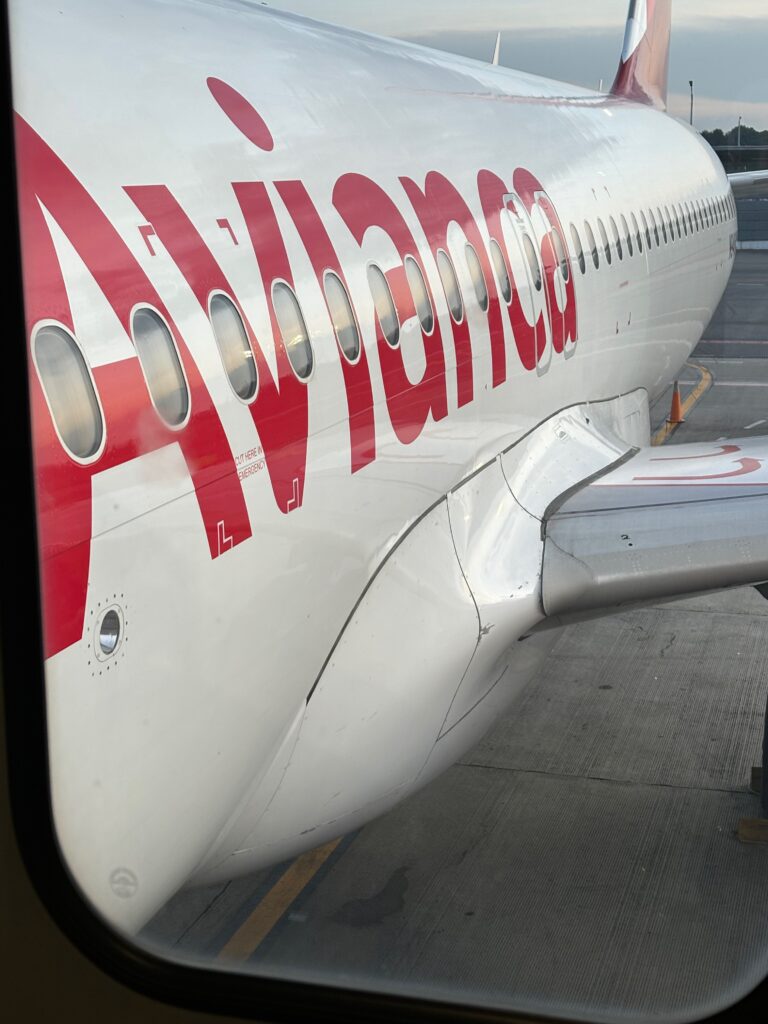
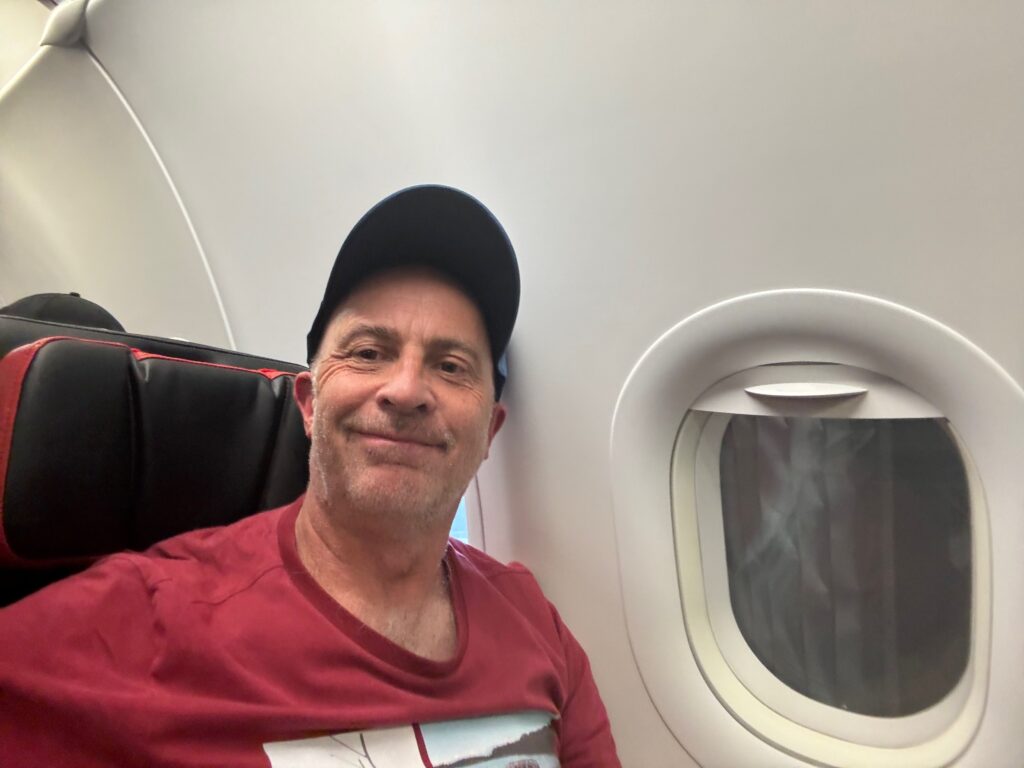
As a seasoned frequent flyer with 1565 flights under my belt, I’ve flown with almost every major airline across the globe. Of thesem I have flown with every member of the OneWorld alliance, and with 20 of Star Alliance’s 26 members and 10 of the 19 Sky Team members. I have set my sights on completing the Star Alliance roster and added Star Alliance members Austrian, Aegean and Croatian to my collection this year.
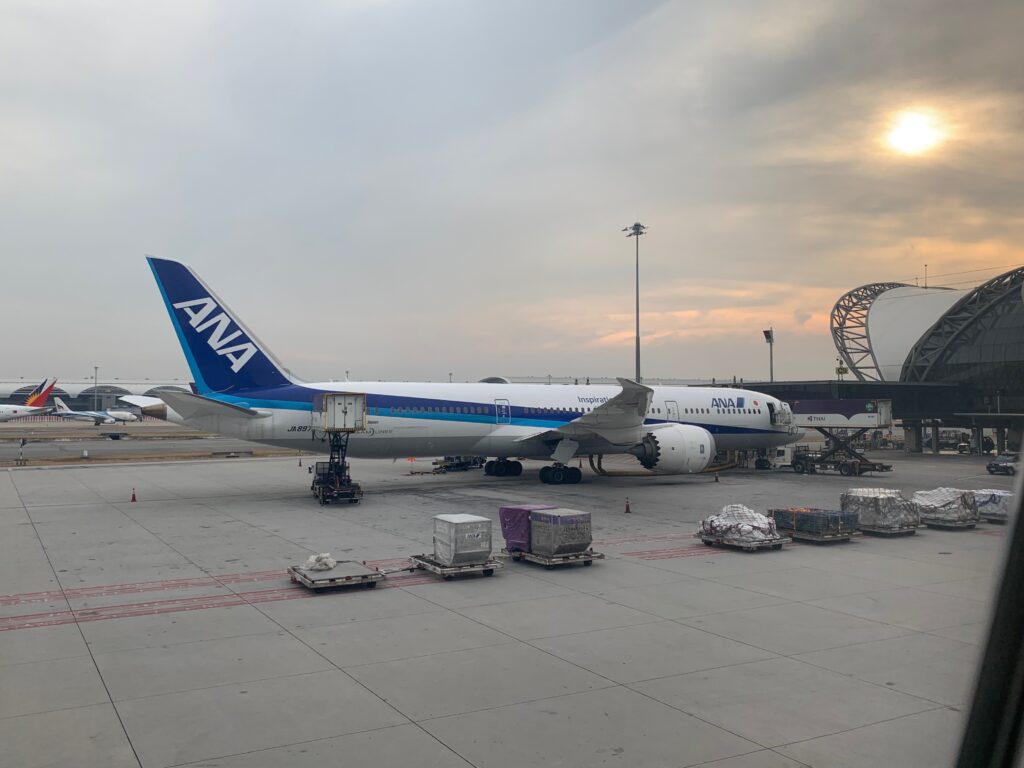
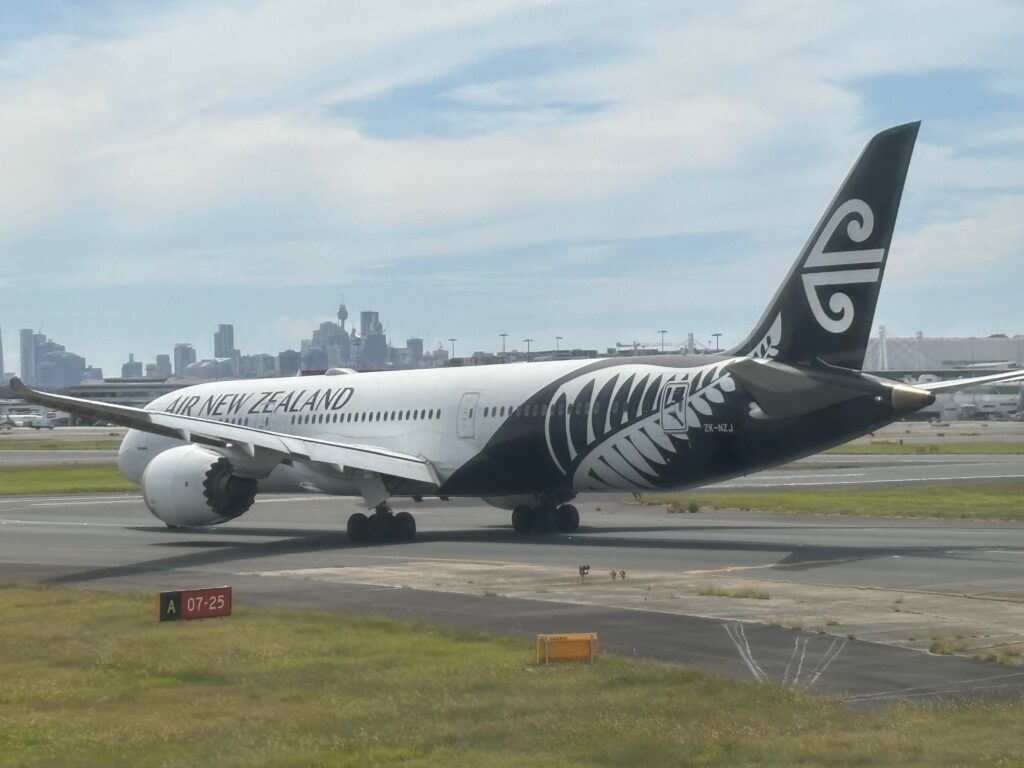
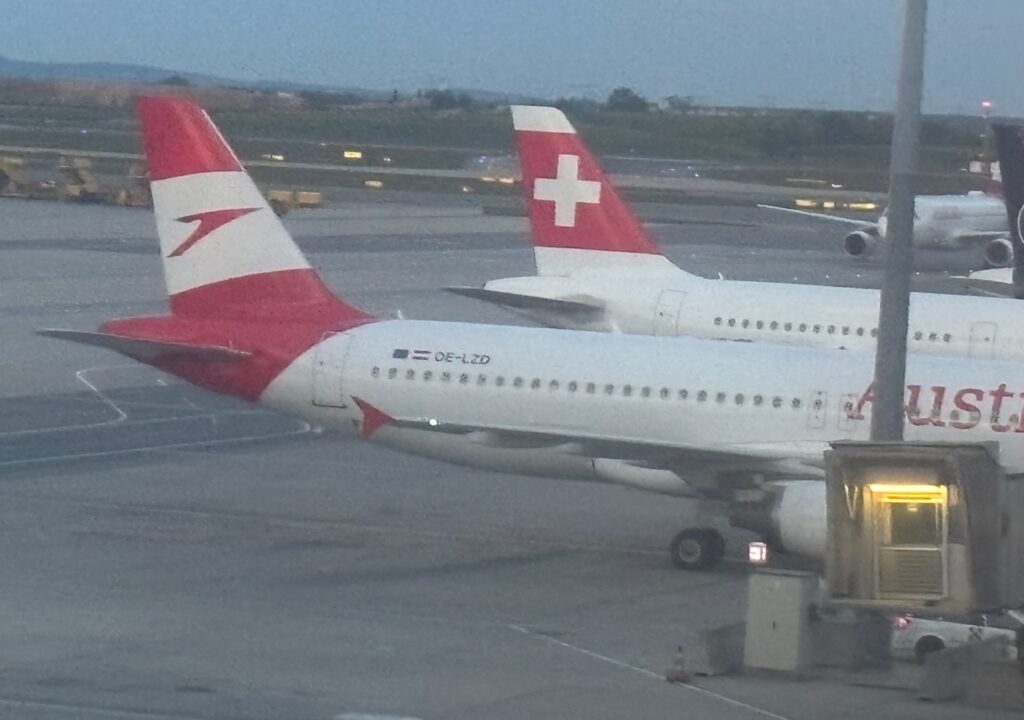
My recent Star Alliance addition was six journeys with Colombia’s flagship carrier, Avianca.
The Verdict:
- Airline: Avianca
- Routes: Santiago-Bogotá-Cali-Medellín-Cartagena / Panama-San Salvador-Guatemala, covering a total of 6,687 km (4,155 miles).
- Overall Rating: 62% – making it an “okay’ airline about the same as American Airlines and Air Asia
- My Ranking out of 85 Airlines: 76th
.
- Global Ranking: Skytrax – 3-Star Airline, SkyTrax Reviews: 3/10. TripAdvisor – 3.5 Stars, Airline Ratings –5.5 out of 7 with passengers giving them 3/10
- Why Avianca should be Flown: Star Alliance benefits, Business Class comfort, extensive international routes, and decent lounge layouts.
- Negatives: Inconsistent service, lack of refreshments on domestic flights, chaotic boarding processes, safety concerns
- Would I Fly Again?: No
Bankruptcy and Back
Established in 1919, Avianca is one of the oldest airlines still operating today, with over 30 domestic destinations in Colombia and 60 international destinations across the Americas, Europe, and the Caribbean. Like many legacy carriers, Avianca’s recent history has been turbulent. The airline filed for Chapter 11 bankruptcy in May 2020, driven by the financial fallout of the COVID-19 pandemic. Adrian Neuhauser became President and CEO of Avianca in April 2021, having initially joined the company as CFO in 2019. His leadership was crucial in guiding Avianca through its 2019 out-of-court restructuring and subsequent Chapter 11 reorganisation.
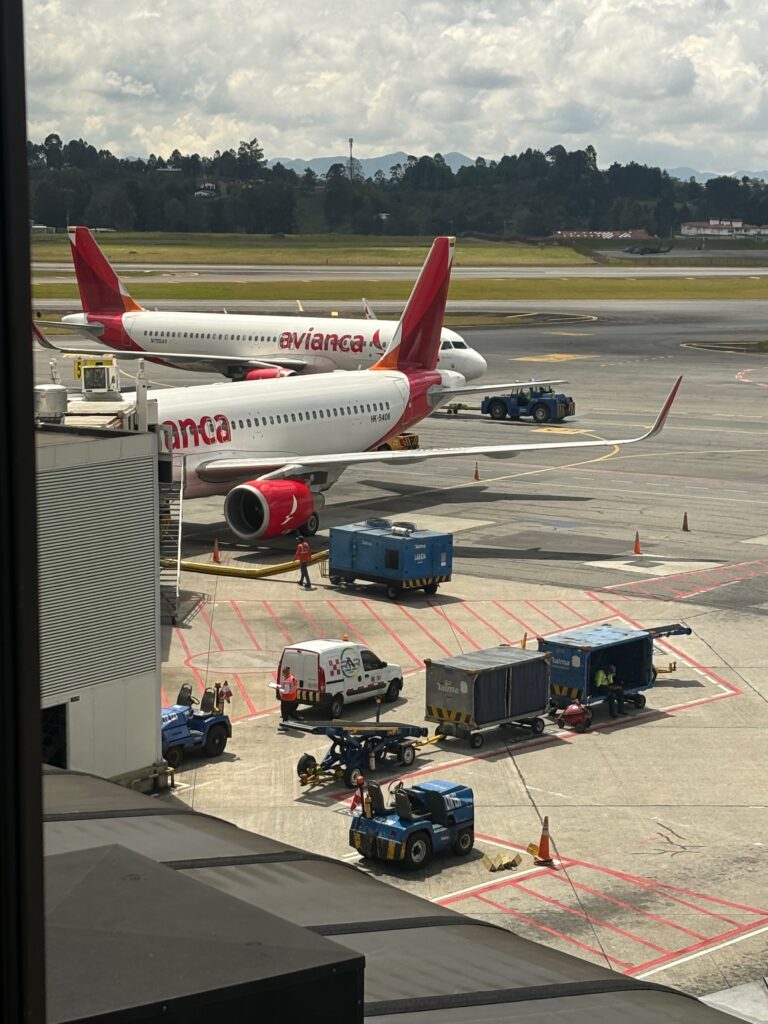
By December 2021, Avianca had emerged from bankruptcy with a leaner, more cost-conscious business mode. In May 2022, Avianca entered into a partnership with Brazilian carrier Gol, leading to the creation of the Abra Group—a holding company formed by the principal shareholders of both airlines.
What Does This Mean?
With travel demand rising after most countries reopened borders, Avianca’s management, led by Neuhauser, saw an opportunity to carve out a unique position in the market: a low-cost carrier with legacy carrier benefits. This has resulted in a curious blend of premium and budget experiences. Avianca’s model retains its Business Class and lounge offerings on international and long-haul flights, while domestic and regional flights feature a very basic service with any “premium offerings” including luggage, carry on, water (1) and meals coming with a fee. Passengers are generally unhappy about this.
Booking: 10/10
The booking process with Avianca was straightforward, reflecting the airline’s streamlined offerings. Avianca offers three main fare types:
- Basic Fare: A no-frills option that includes only a seat, with additional charges for checked baggage, seat selection, and other services.
- Classic Fare: This fare offers a bit more flexibility with the inclusion of one checked bag, standard seat selection, and the ability to make some changes to your booking for a fee.
- Flexi Fare: This fare provides the most flexibility, with no change fees, a checked bag, priority boarding, and premium seat selection included.
Internationally: Avianca also offers a Business Class option, which provides more comfort, better food, and access to lounges. I flew Business Class from Santiago to Bogotá and on a mix of Classic and Flexi fares on the other five flights.
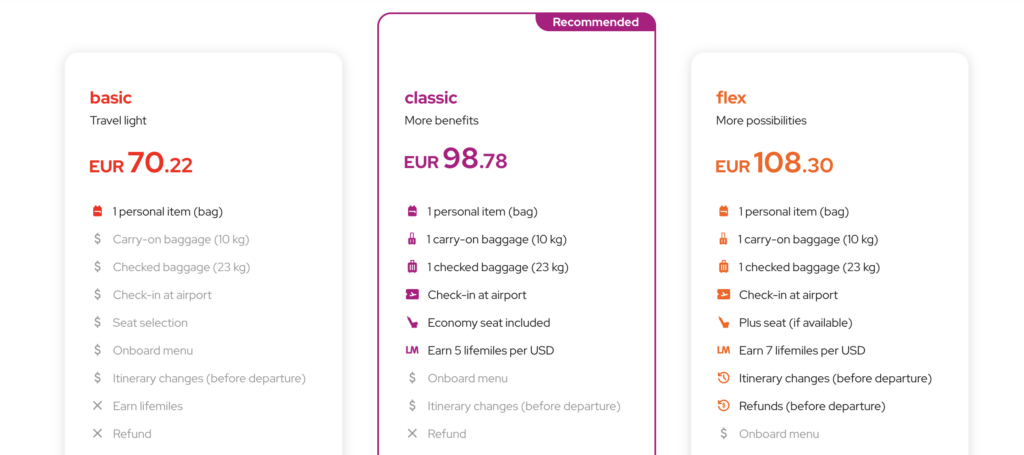
Extras: A wide variety of extras can be added during booking, from baggage to lounge access, priority boarding, and travel assistance. Seat selection follows with the airline charging for premium seats in the Business Class cabin, “Plus Seats” at the front of the Economy cabin and emergency exit seats. Regular economy seats were generally free.
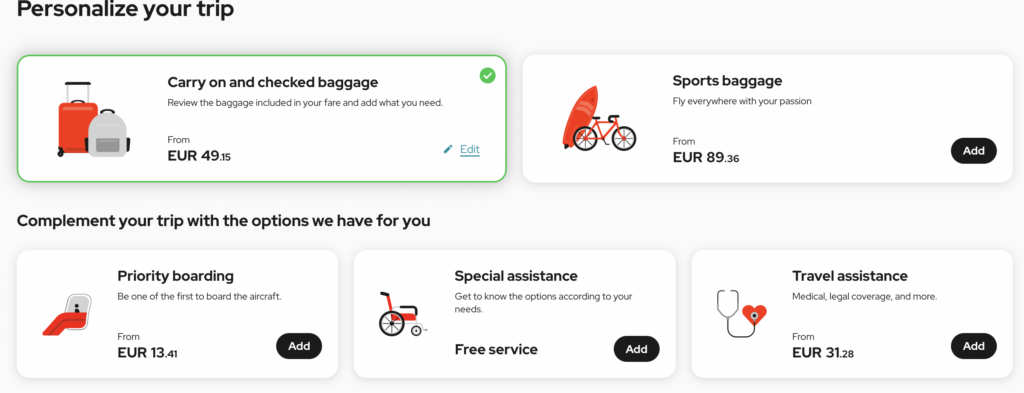
Payments were processed smoothly each time, using a mix of Australian and international cards. Many customers have found the Avianca website can glitch at this point.
Check-In: 7/10
The Check-in process across my flights was mostly smooth, but the experience and the friendliness of the staff varied. At some airports, passengers were encouraged to use the check in machines.
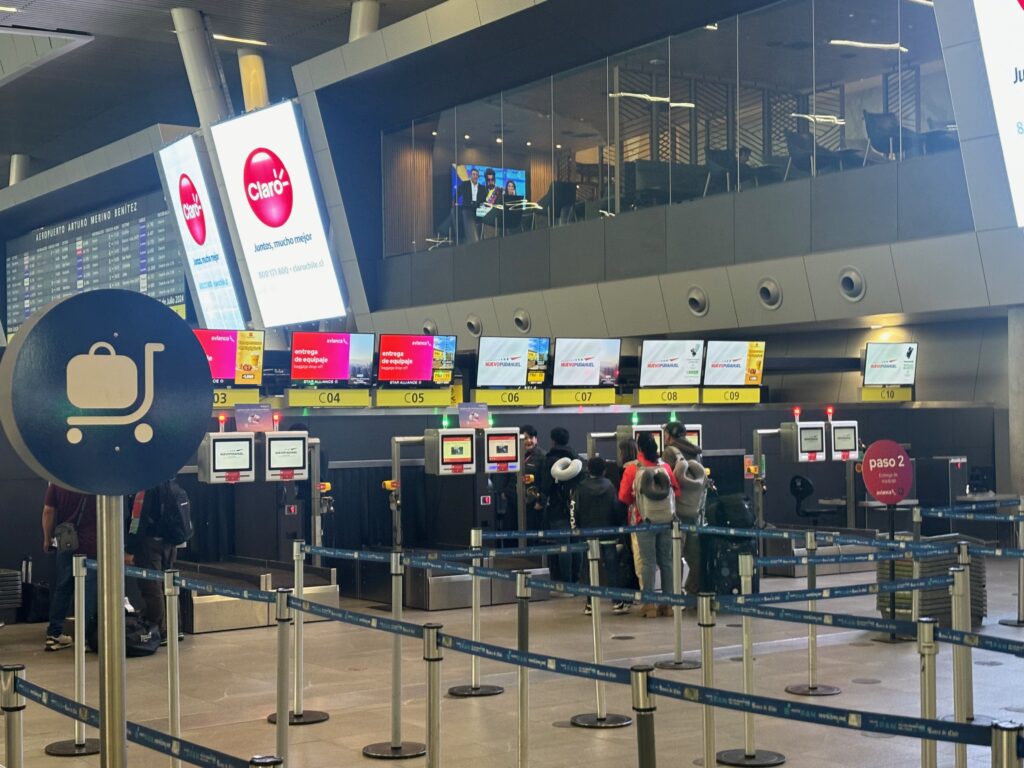
I received very personal and friendly service at Santiago, Cali and Panama airports but encountered grumpy and indifferent staff at Bogotá and Medellín.
The attitude inconsistencies, particularly at some of Colombia’s domestic airports, hinted at the lingering effects of Avianca’s restructuring—not always for the better.
Security: 10/10
If there was one consistently positive aspect of my Avianca journey, it was the airport security process. In all the Colombian airports I passed through, security was fast, efficient, and friendly—an experience that stood in stark contrast to the often stressful airport procedures I’ve encountered elsewhere. P
Lounge Life: 7/10
As a Star Alliance Gold member, I had access to lounges on all my flights. I didn’t have high expectations for the Avainaca lounge experiences. Santiago Airport offered no dedicated Business Class lounge for Star Alliance passengers, so I settled for a simple coffee and pastry in the terminal.
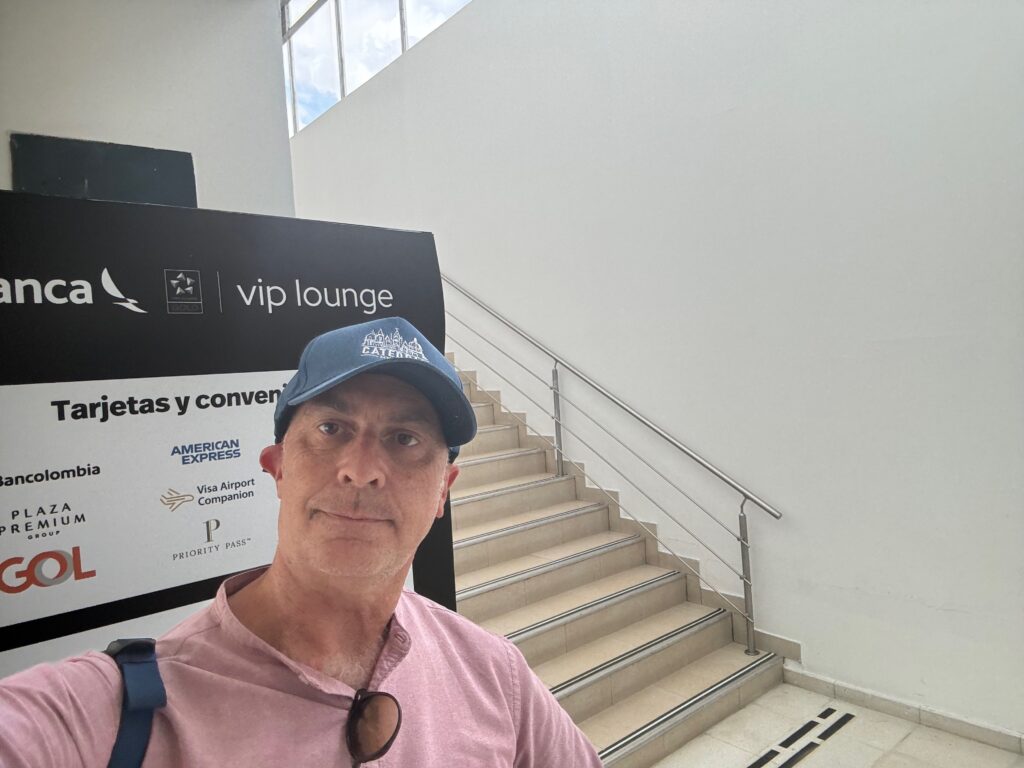
The lounges at Bogotá, Cali, and Medellín were lovely. The welcome I got from the staff at the Avianca lounges varied varied.
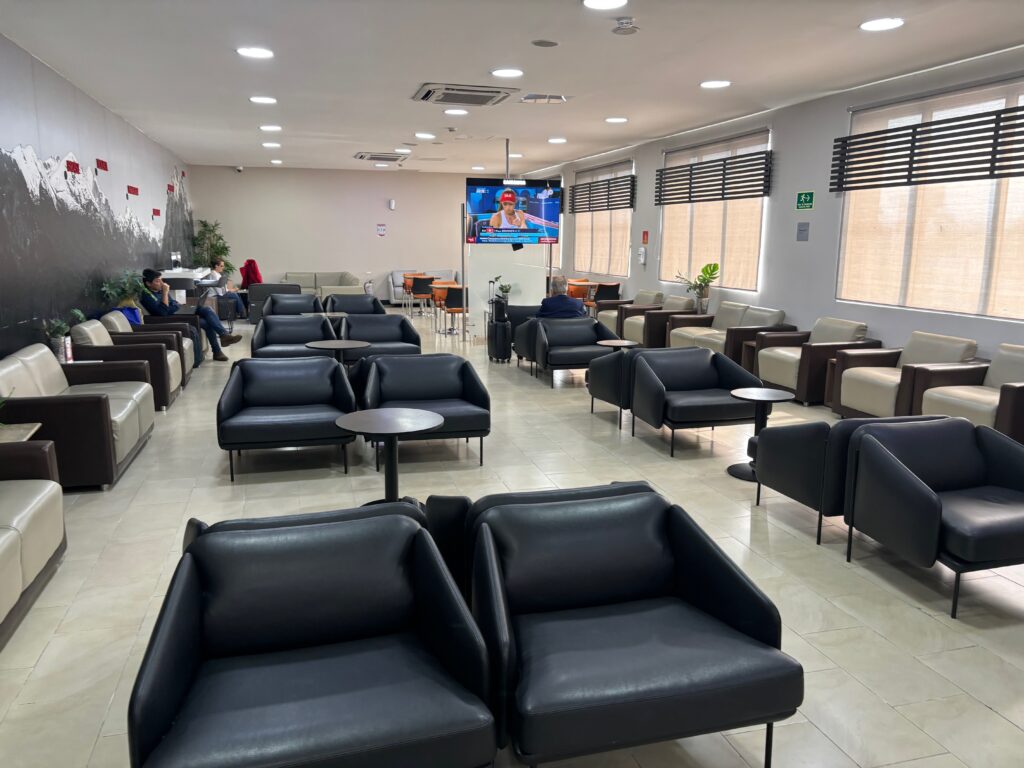
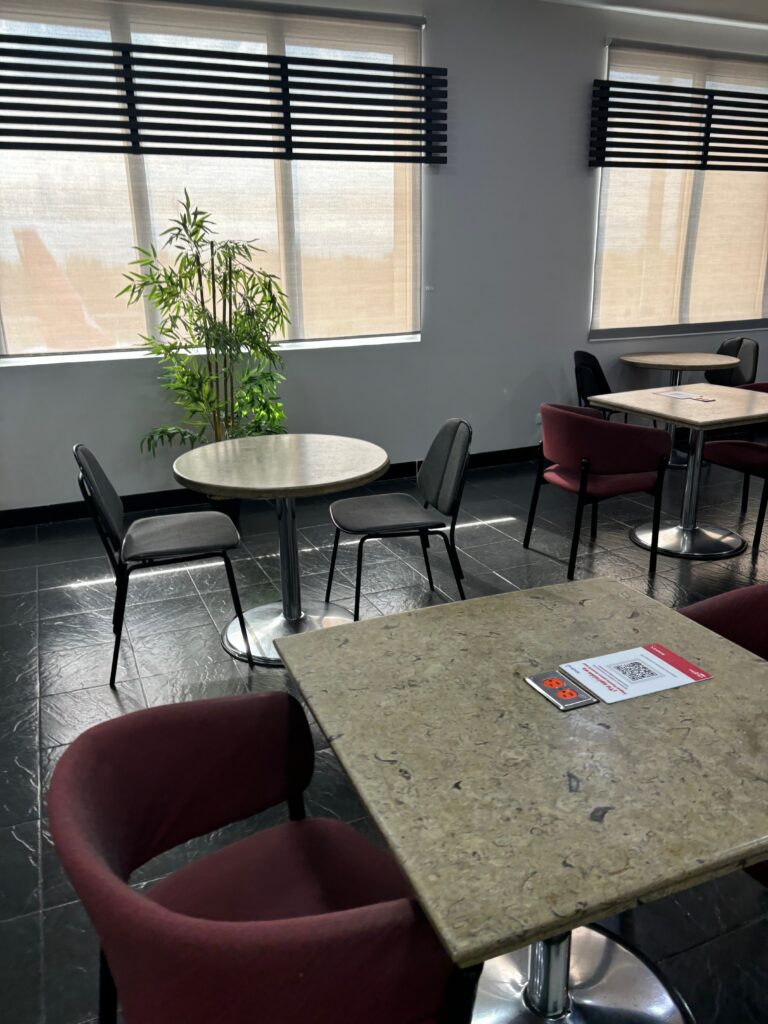
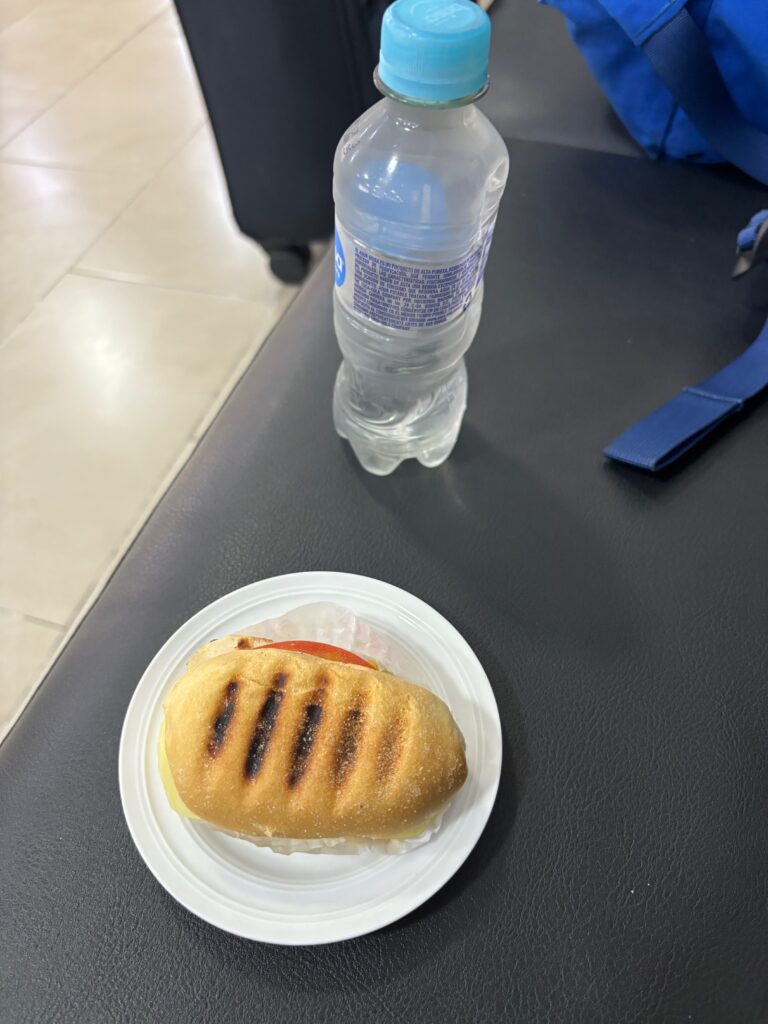
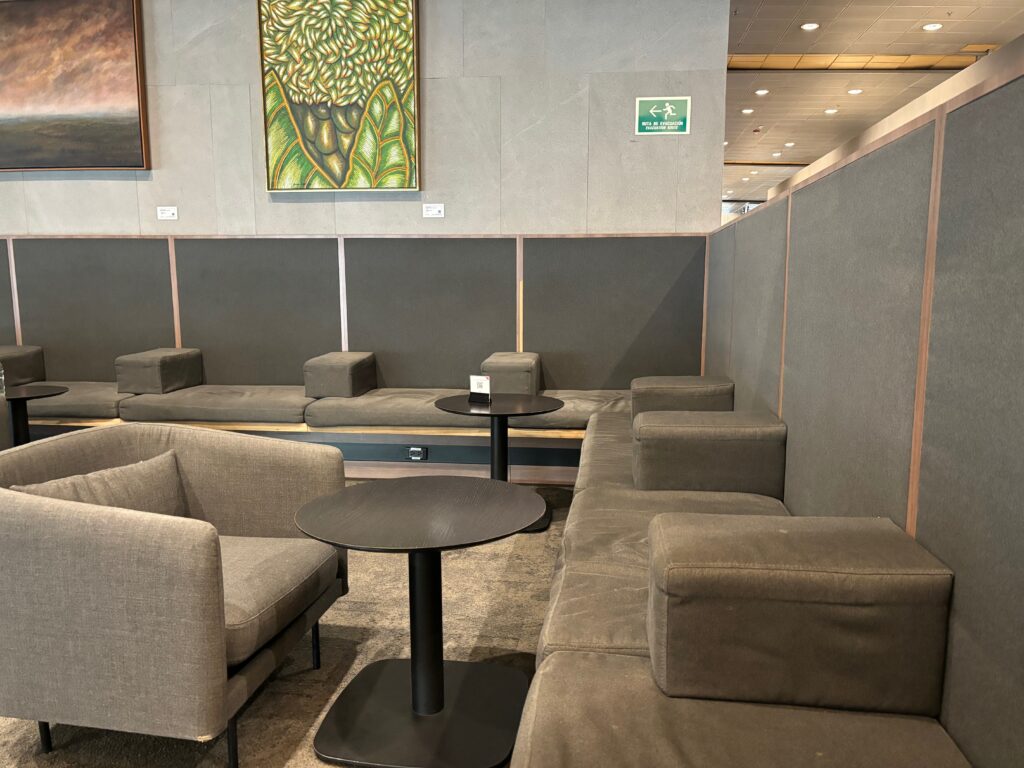
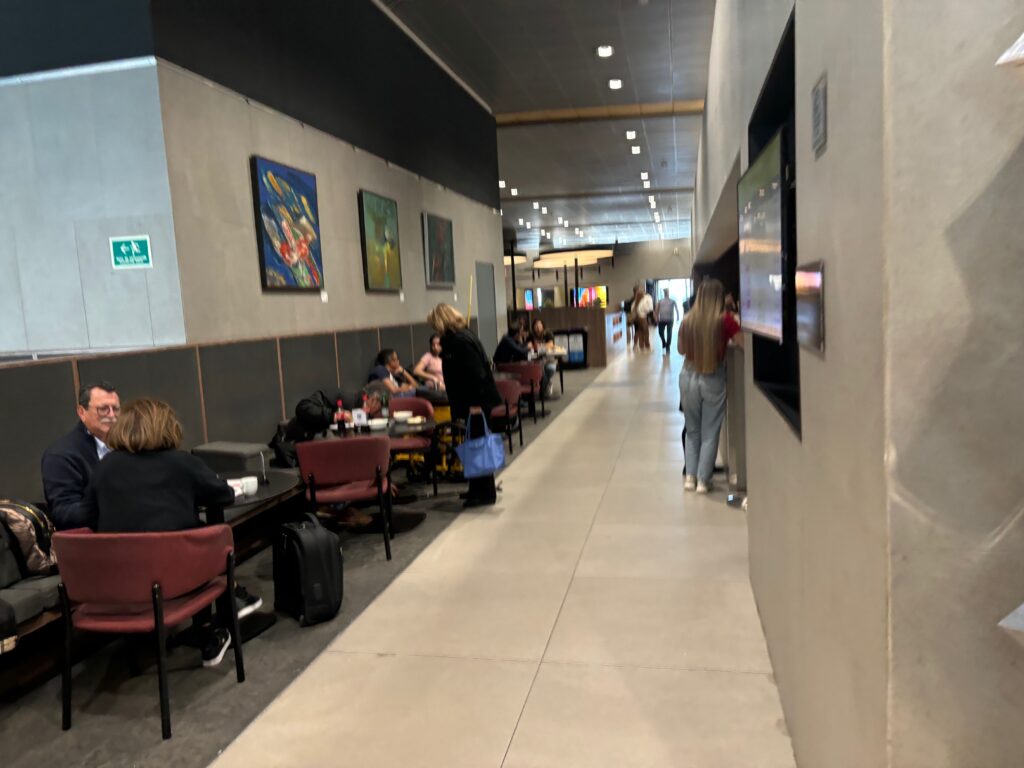
A particularly odd feature across all the Avianca lounges was the food service. Unlike the typical buffet spread found at most Star Alliance lounges, staff handed out small portions, forcing passengers to return multiple times! This quirk seems to reflect Avianca’s post-bankruptcy cost-cutting measures—a reminder that the airline is still in the midst of redefining itself.
Wifi varied from slow to fast to nonexistent at Medellín!
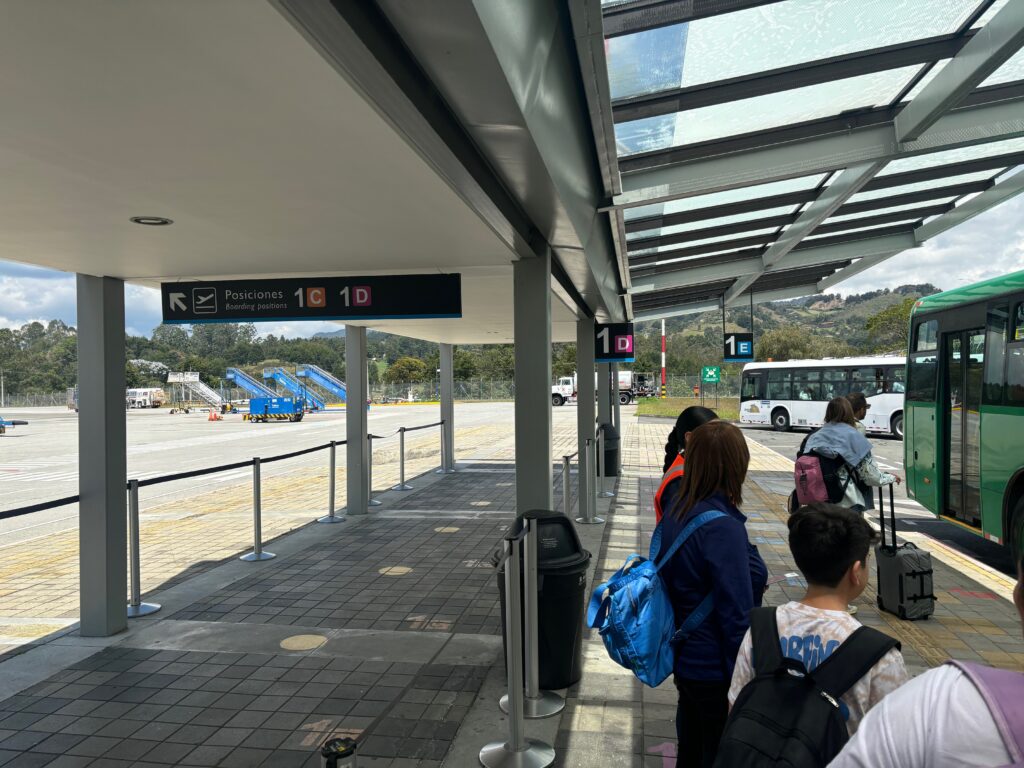
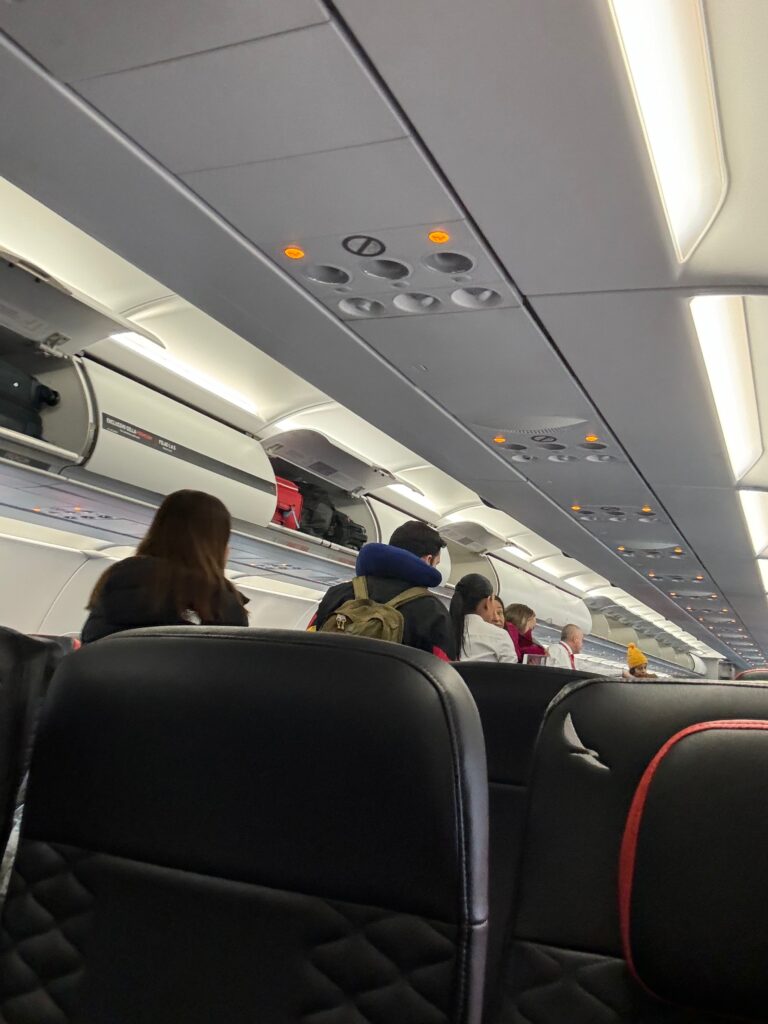
Boarding: 4/10
While the check-in and security processes were mostly smooth, boarding was where Avianca’s operational cracks began to show. The Business Class boarding from Santiago to Bogotá was well-organised and efficient, setting high expectations. Unfortunately, the same could not be said for the domestic flights. Avianca have clearly marked boarding lines for their boarding groups wjich alll seemed to quick descend into chaos. The confusion was compounded by unclear announcements, making boarding even more stressful. The bus gates were particularly awful Gate staff were rarely welcoming.
Carry On Luggage Policies:
One of the biggest stressors reported by many passengers is that Avianca sometimes strictly enforces its carry-on weight limits and will charge significant fees for luggage that is overweight or oversized. While I didn’t personally experience any issues with this during my flights, there are numerous horror stories online from travellers who have faced unexpected charges. It’s something to be aware of if you’re flying with Avianca, especially if you tend to pack on the heavier side.
Boarding the Plane
There was no welcome aboard from the crew during any of the flights.
The crew was generally unapproachable, with staff seeming disengaged.
When I greeted them (in Spanish), the responses varied from immediate acknowledgment to a quick nod.
Their proactivity varied widely, with some helping to stow luggage and others looking on indifferently.
In the Business cabin, there was no welcome greeting or drink.
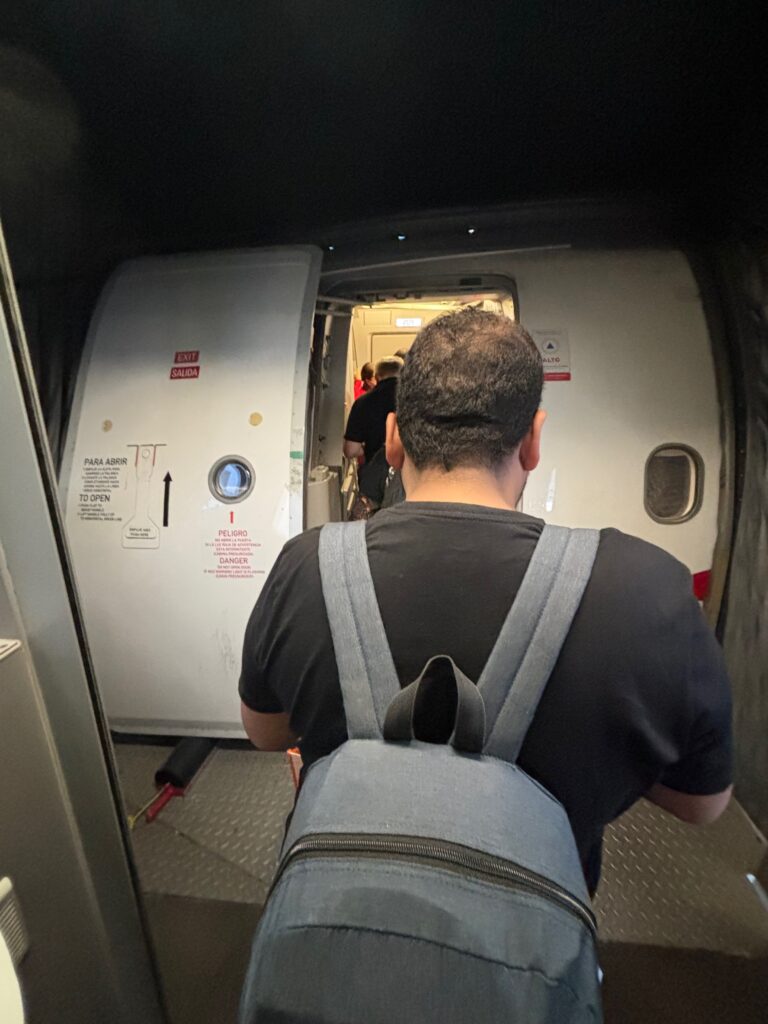
On Board: 6/10
Avianca operates a mixed fleet that includes Boeing 787s and Airbus A320s. I flew entirely in 320s.
The Boeing 787s are primarily used on long-haul routes and are configured with 28 Business Class seats arranged in a 1-2-1 configuration and 222 Economy Class seats in a 3-3-3 configuration across two cabins. The Business Class seats on the 787 are 20 inches wide, convert to fully flat beds, and feature retractable 16-inch HD touchscreen displays, retractable tables, secure storage for small personal items, and universal AC and USB-A sockets. Economy seats on the 787 have a width of 17.1 inches, a seat pitch of 32 inches, and a recline of 6 inches.
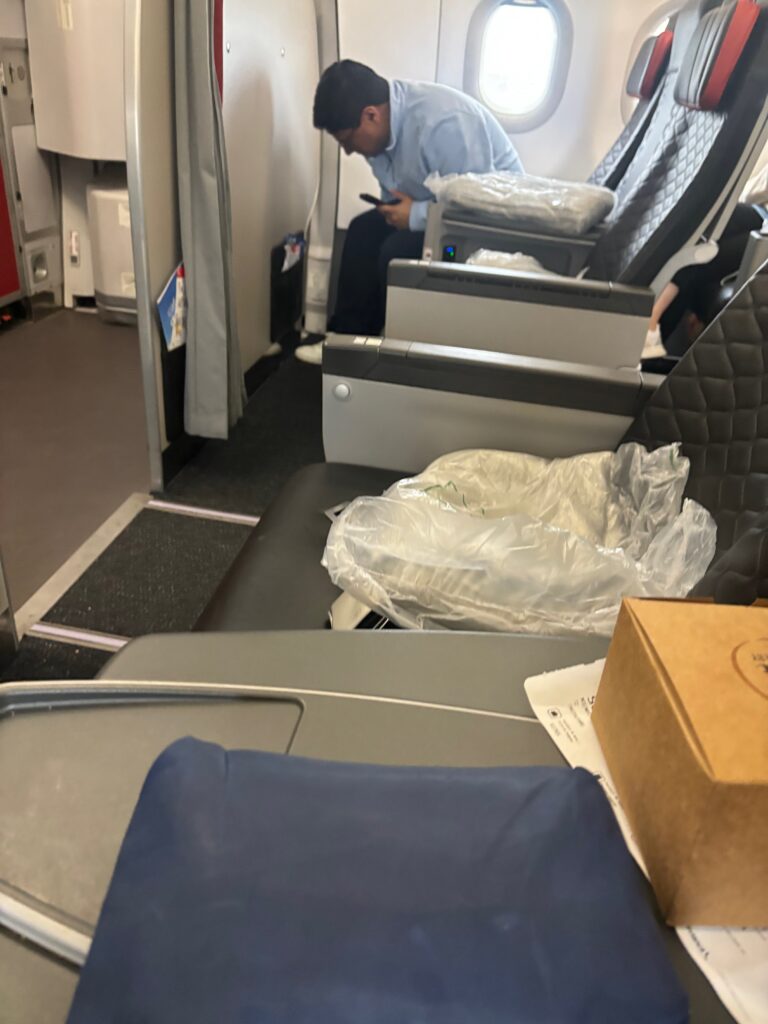
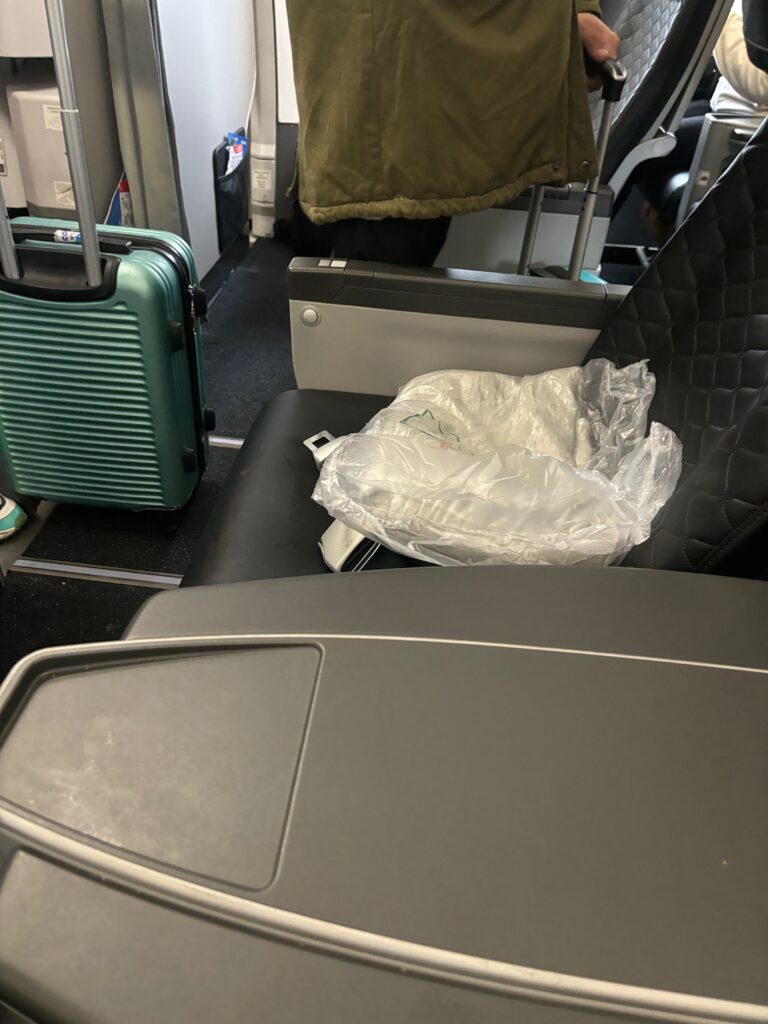
The Airbus A320 typically features a 3-3 configuration in Economy Class, with seat widths of approximately 17-18 inches and a seat pitch of 30-31 inches. This configuration offers limited legroom, which is standard for many economy class setups. The seats have a standard recline, allowing for a slight adjustment, but not sufficient for full comfort on longer flights. Each seat includes a seatback pocket with a safety card, in-flight magazine, and sometimes additional literature. Overhead compartments provide space for carry-on luggage. Some A320s are equipped with personal seatback screens for in-flight entertainment, though this varies by route, and power outlets and USB charging ports are available on some aircraft but not all.
Avianca also offers a “Plus” section in Economy Class, where passengers can pay extra for slightly better legroom. These seats, typically located towards the front of the Economy cabin or at emergency exit rows, offer a seat pitch of approximately 34-36 inches, compared to the standard 30-31 inches in regular Economy seats. This extra legroom provides additional comfort, particularly on longer flights, and makes the travel experience more pleasant for those willing to pay a bit more for the added space.
In Business Class, the Avianca Airbus A320 features a 2-2 configuration, with four seats across each row. The seat width is approximately 20-21 inches, providing a more spacious seating area. The seat pitch, measuring 38-40 inches, offers significantly more legroom compared to Economy Class. These seats also have a greater recline than those in Economy, though they do not fully recline into flat beds, providing enhanced comfort for regional and short-haul flights.
Food & Beverage:
Long Haul Business Class
The meal service was surprisingly impressive, with a choice of two delicious dishes and a generous offering of high-quality wines. This was where the staff truly came alive, making suggestions and focusing on delivering a genuinely high-quality business experience. Just for the meal. Then they vanished.
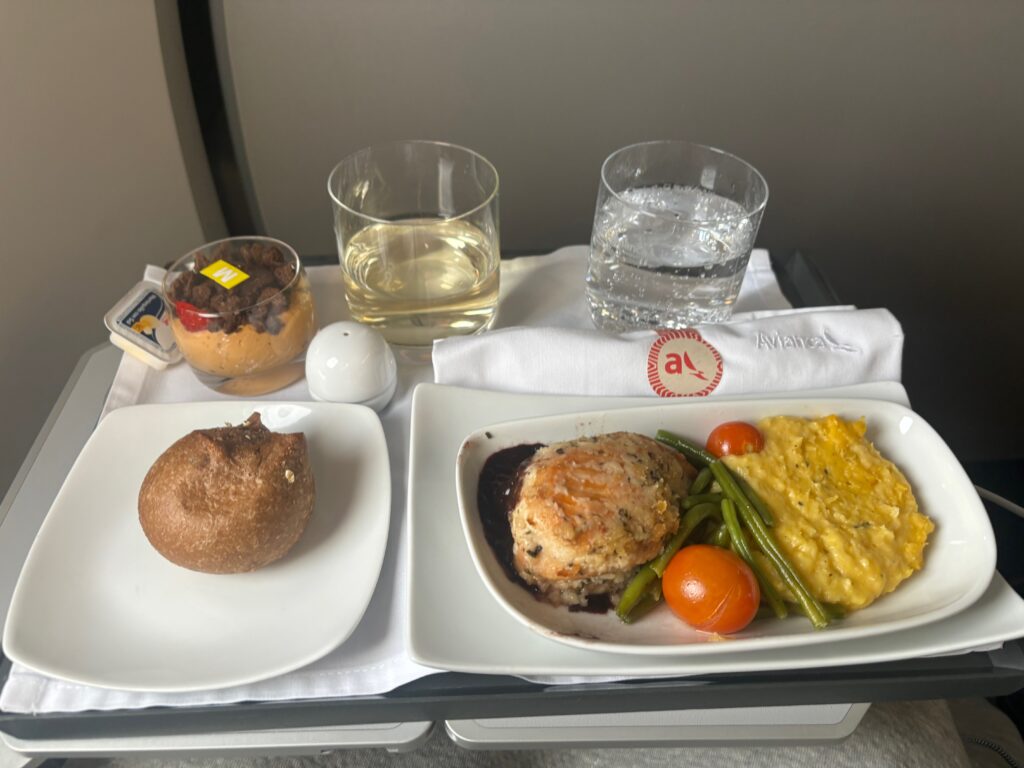
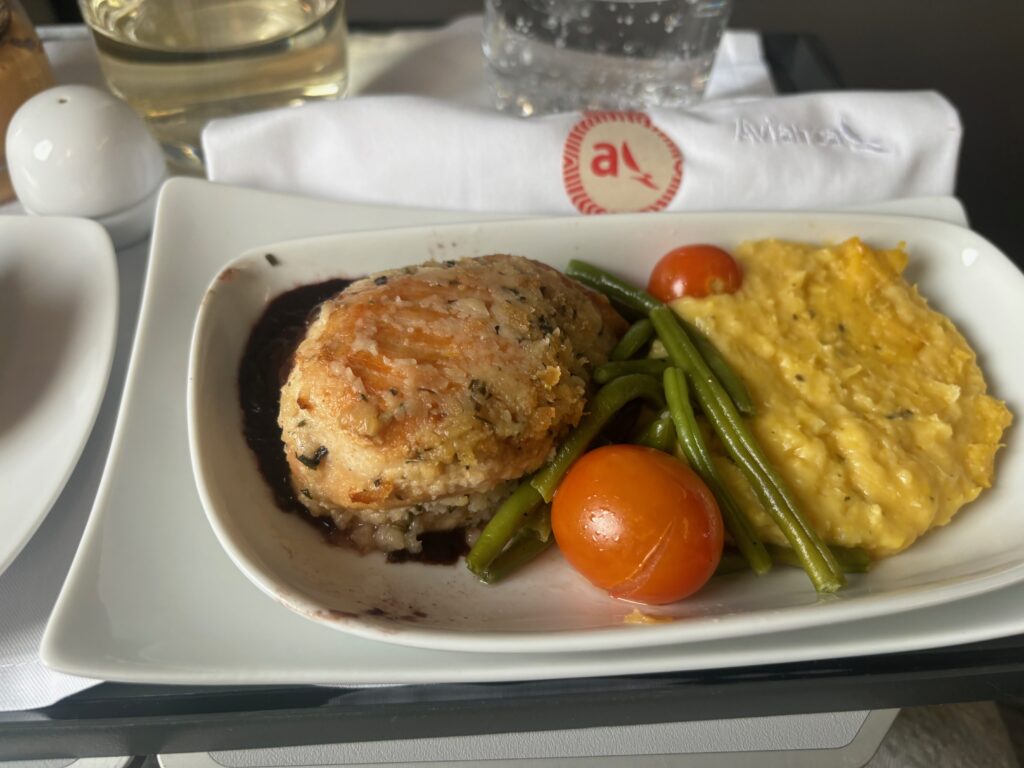
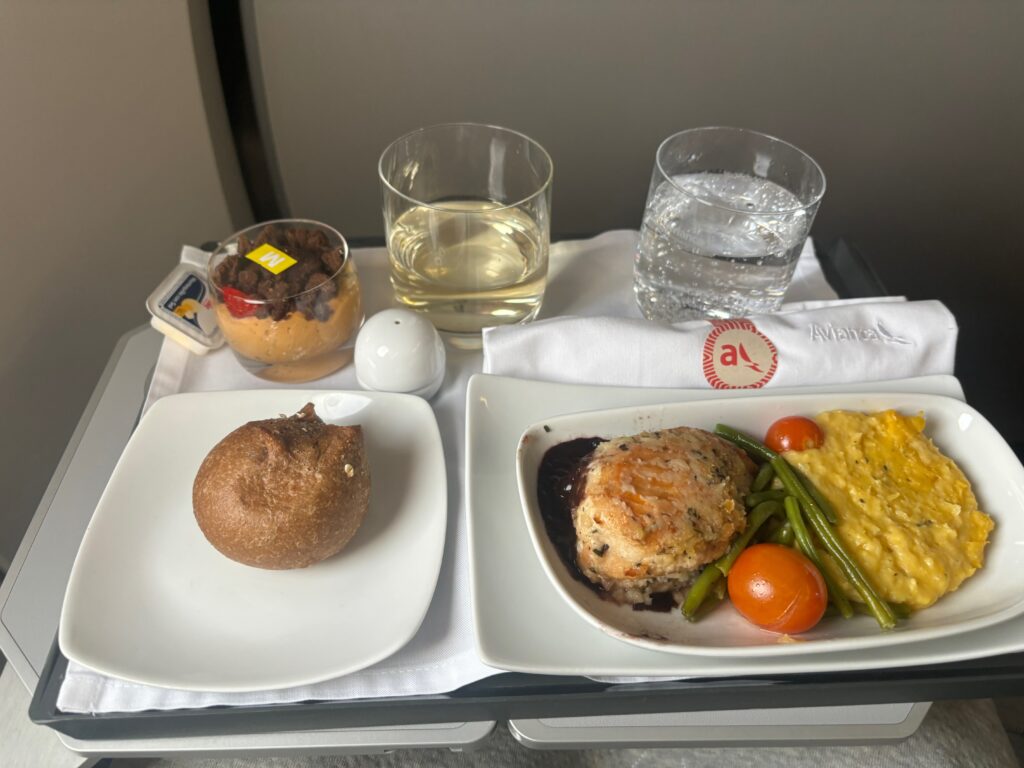
Long Haul and Short Haul Economy
On short-haul regional and domestic flights, no complimentary refreshments are provided—not even water for anyone, including passengers seated in the premium area. I requested a cup of water, which was quickly brought to me, but it was clear that some passengers were noticeably disappointed by the lack of basic hospitality, especially the absence of even complimentary water being automatically provided.
Passengers can purchase snacks from the onboard menu. On each flight, the crew moved swiftly through the cabin with a snack trolley, almost as if they didn’t want to sell anything. It was difficult to gauge how much was sold. Other passengers have reported the food offerisg running iyt befroeteh sbaclk trolleyeraches their row.
Entertainment: 8/10
Surprisingly, Avianca offers seatback screens for all passengers on their long-haul aircraft and a streaming option via Wi-Fi on domestic and regional flights. The range of programming was surprisingly wide, which seemed odd given the lack of basic amenities like water for passengers. The presence of in-flight entertainment without adequate refreshment options highlighted the inconsistencies in Avianca’s service.
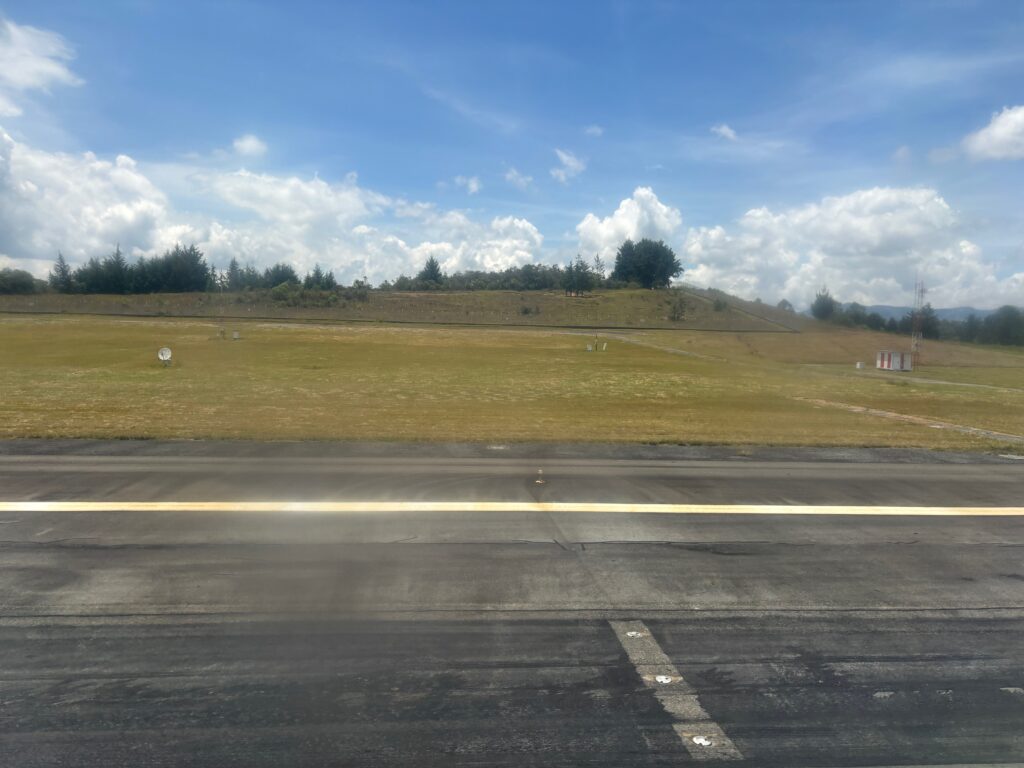
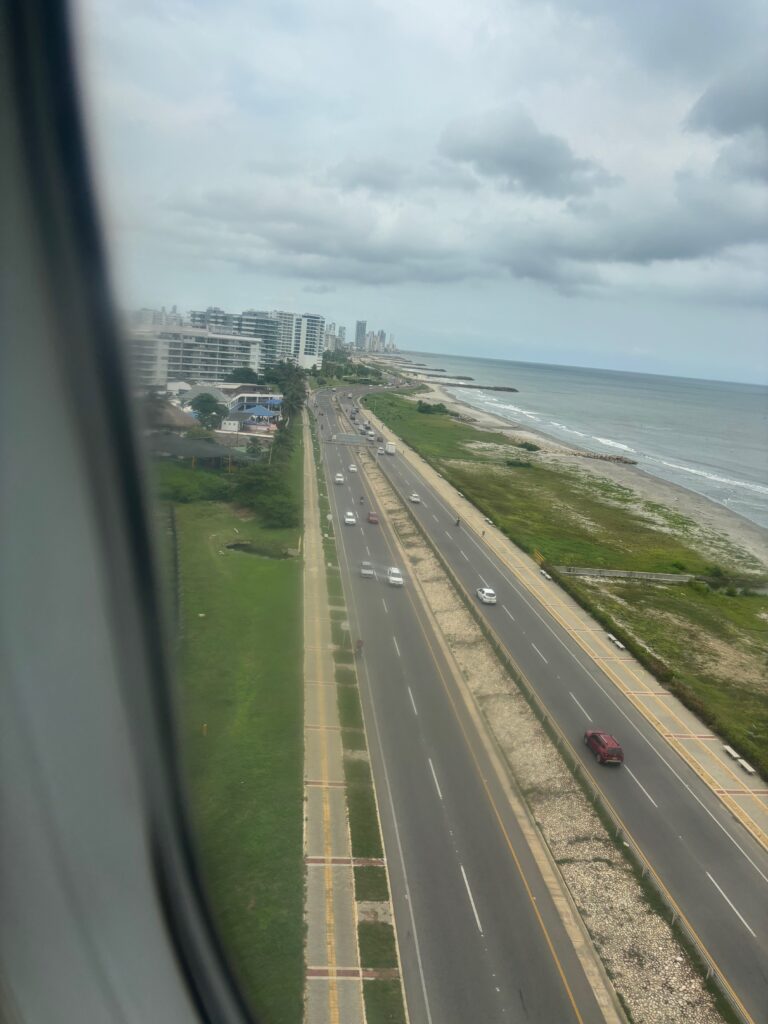
Safety: 0/10
The biggest shock is over Avianca’s safety. AirlineRatings, a well-known aviation safety and product rating website, recently gave Avianca a very poor safety rating in its February 2024 safety survey. This low rating reflects concerns about the airline’s adherence to safety protocols and standards, which have been inconsistent, particularly in comparison to other major carriers.
Avianca’s in cabin safety practices did indeed feel inconsistent compared to the standards I’m used to with most European, Australian, and North American airlines. On all flights, there were passengers talking loudly or watching videos on their phones during safety announcements and takeoff. No crew members seemed phased. On our approach into El Salvador, a family across the aisle from me engaged in a FaceTime chat on speaker as soon as their phone came into range. I don’ty know if this is unsafe but its very different to what I am used to.
The crew themselves were often engaged in their phones during taxi and seemed uninterested in enforcing rules. The on-board safety checks felt perfunctory, with little attention paid to seat belts or properly securing the cabin for takeoff or landing. When we encountered turbulence, the staff didn’t check if passengers were wearing seatbelts and allowed passengers to move back and forth to the toilets. I was particularly concerned when I saw parents holding babies in their arms as we jolted up and down, and children standing unstrapped on their seats. Given the recent incidents of severe drops and injuries on planes, this really surprised me.
One particularly troubling incident involved the passenger next to me, who placed his bag in front of him in Row 1 during the cruise. The bag was there throughout the flight and remained there during landing. It blocked my egress to the aisle, which could have been disastrous in an emergency—reflecting a very concerning level of safety awareness.
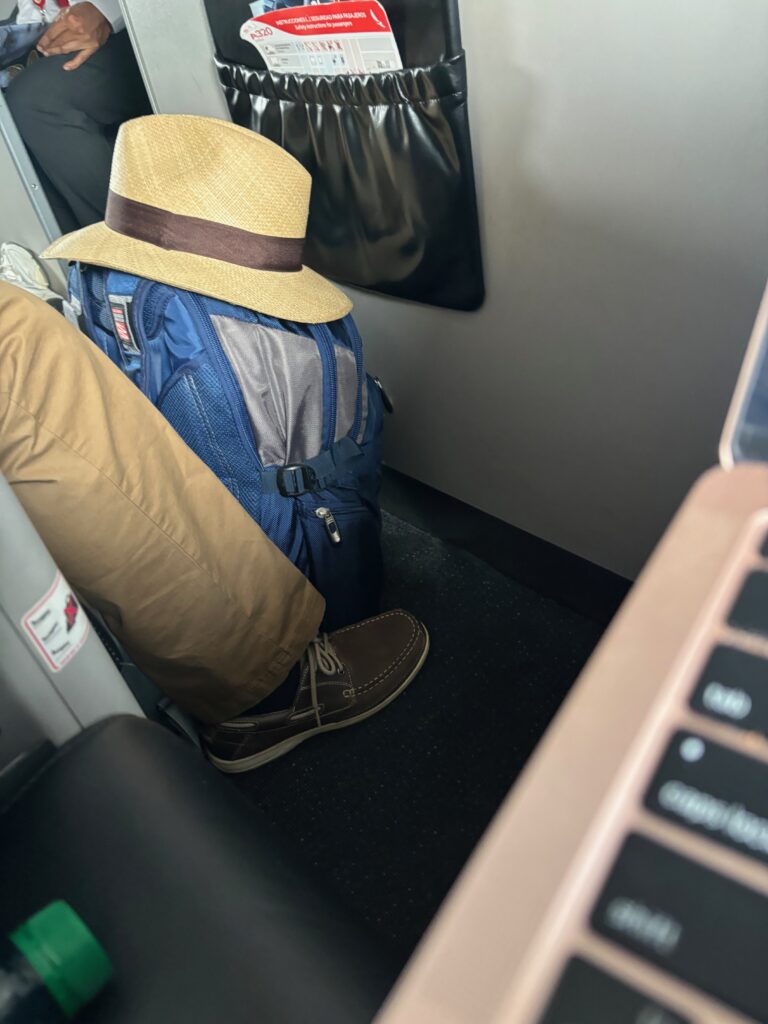
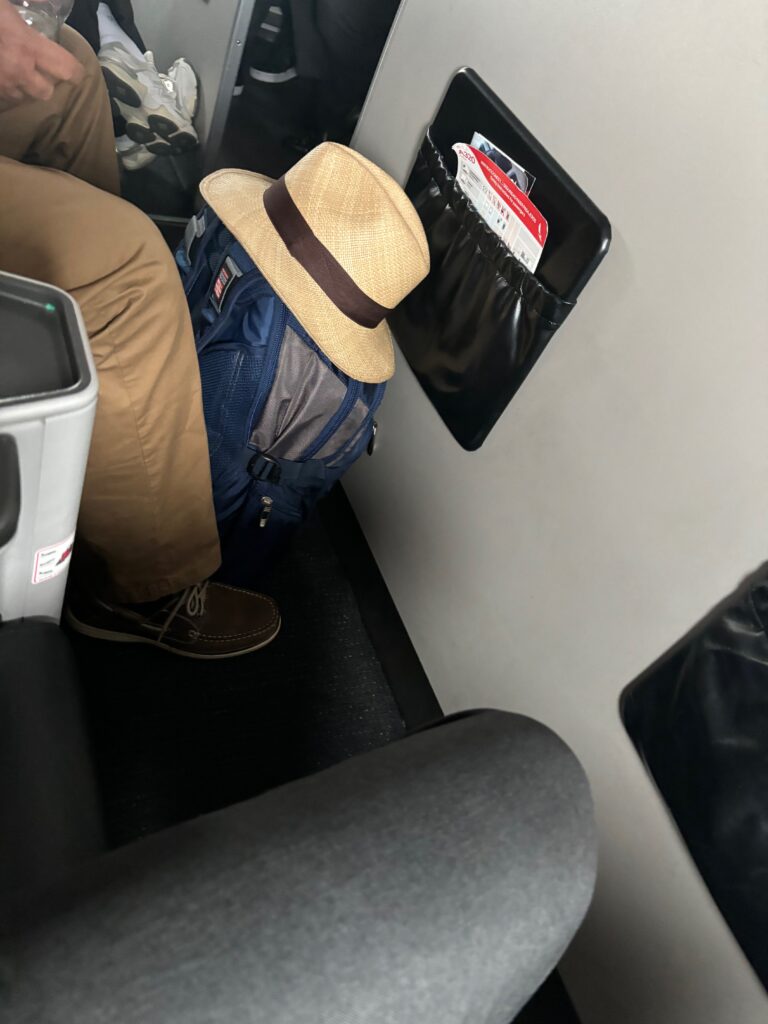
The rating and my experience suggest that there are serious issues over the enforcement of safety regulations, crew attentiveness during flights is poor, and overall operational safety practices are being undermined. This is particularly concerning given Avianca’s status as a major carrier with a long history. For me, I deeply question whether travellers should be flying with the airline, especially on domestic and regional routes.
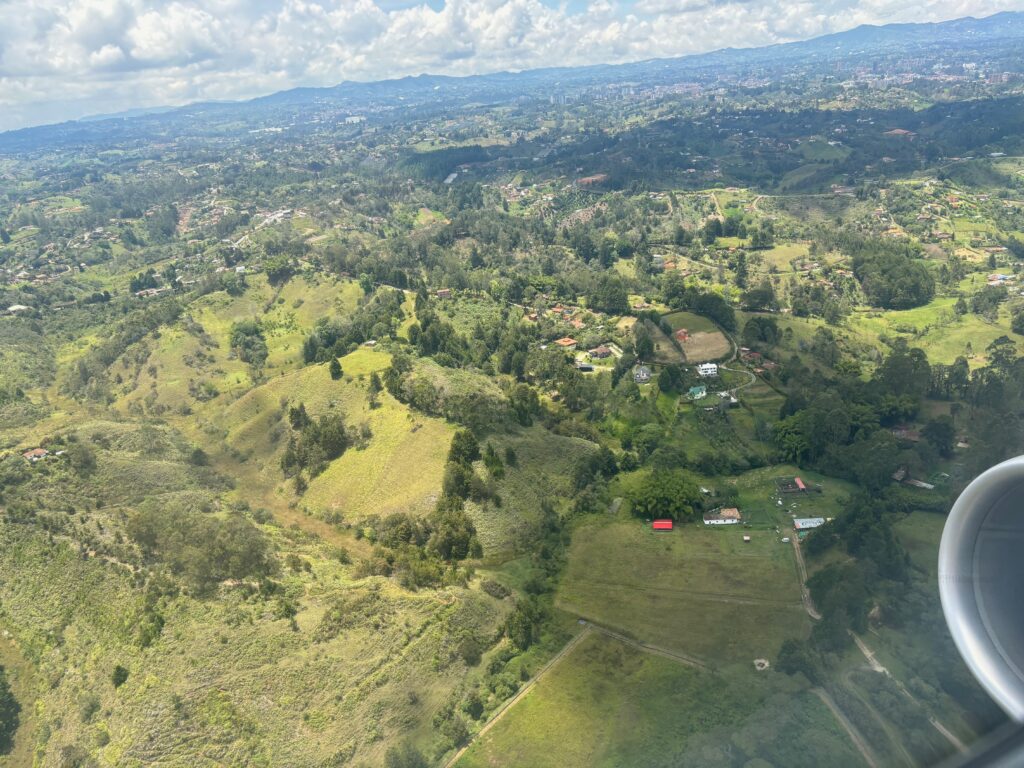
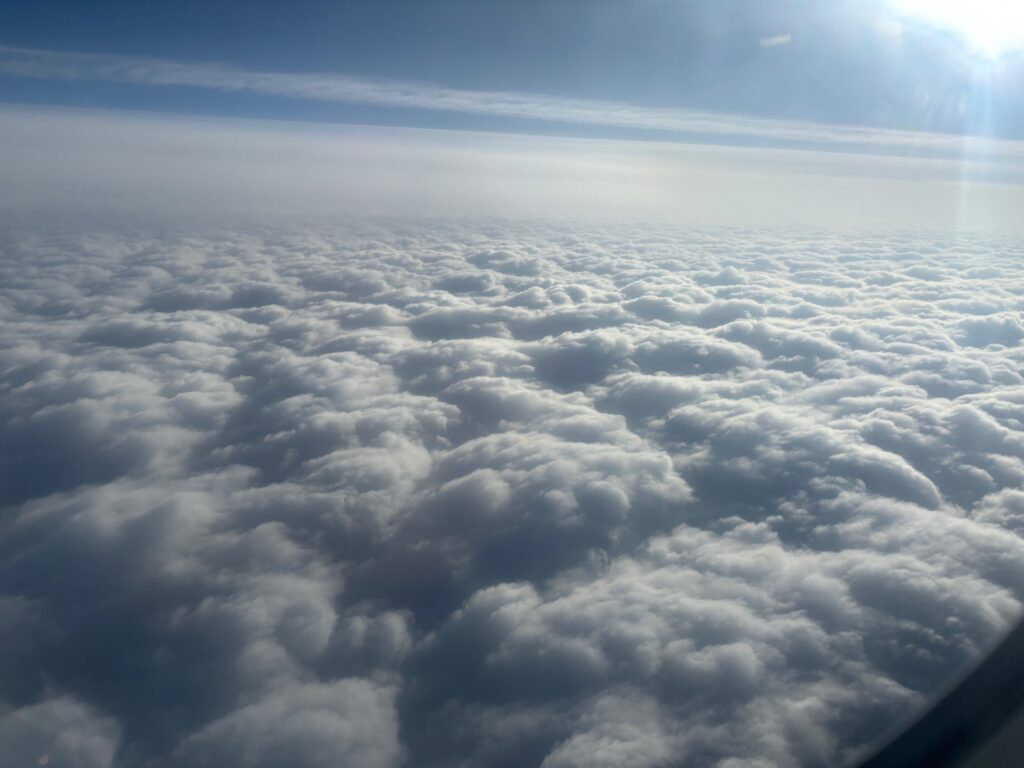
Conclusion
With a long past and a large network, Vianca could provide a great flying experience. This is especially true since it is a member of the Star Alliance and has a number of established foreign routes. But the airline’s recent reorganisation seems to have had both good and bad points, especially when it comes to safety and regularity of service. Even though Business Class on foreign flights is still the best, the general experience, especially on domestic and regional lines, isn’t very good. Safety issues, inconsistent service, and the fact that Economy Class doesn’t have simple comforts like free water are all big problems. The social media posts about the, are universally negative.
With a score of 62.2%, Avianca is one of the most disappointing air companies I’ve flown with. If tourists are thinking about flying with Avianca, they need to go in with realistic standards and a readiness to deal with these problems. Avianca could do better right now, and whether it can build a better reputation will depend on how it handles these important problems soon.


Avianca is no longer a Colombian airline. Administratively and financially it is headquartered in El Salvador.
Previously and for many years it used to be a great airline: two free checked bags, excellent service and meals even in the low-priced cabin on international flights. The good things are history now, very sad.
I thank you for your avianca briefing, however it’s a bit late.
My wife and I are going out in a few days in economy class right behind business class.
I’ll add my briefing when I get back.
All the above is correct. Thier service especially check in at Gate counter absolutely fucken sucks. In ight from LA to Bogota was excellent even on Economy. It’s true flying on Avianca domestically is garbage. Hopefully it gets it shit together or LATAM will eliminate them in the future.
In regards to my experience through the years flying with this air line I the only problem I have with them is that for the price you pay for a ticket and they don’t even serve breakfast nor lunch for a long flight 4 hours or more I find it unacceptable ,a the other problem is unacceptable seats especially in economy in a long flight for the price you pay is not good business air liner today don’t care about passenger confort in today’s travels all they care about is fulling there pocket witch I see unfair to customer.
To conclude I will say been on time I never had a problem with my longgage tk.god.
I don’t understand y anyone should pay for
1 breakfast
2 lunch
3 blanket
4etc
There’s no way after a passenger done pay a high price for a ticket then turn a round and have to purchase a seat too just to fly comfortably.
Unacceptable and ridiculous hopefully all these problem can be solved for all of our customers who love to fly avianca airline in the comming future.
I have been travelling between JFK and BOG several times a year since spring of 2022. My airline of choice has always been Delta. Now, however, Delta have changed their routes and prices have risen. Previously, Delta and Avianca had similar fares for the same route and it was a no-brainer for me since Avianca (pardon the expression) sucks donkey D*%K. The staff are rude, the security process (at JFK and El Dorado) is ludicrously intense, the on-board experience is akin to a flying bus – regardless of the ‘class’ of the seat” No water, no food, no alcohol … nasty flight attendants. I booked a one-way flight from JFK to BOG for this weekend with Avianca because it was direct and comparatively cheap – but I know I will regret it. I’d rather change planes in Atlanta with another carrier and get my money’s worth and be treated like a human being and a paying customer and not like trash.
Avianca is the only airline I know that is currently seating reservations on separate rows when there are seats available all around. I would avoid them if there are other options.
i was a passenger this year on b.class from lax to rio
oh my god “”” A DISASTER “”” all the way
do not even try this lousy airlines the return flight i bought another ticket….rio/lax
the crew is v.v.v.v.unpolite
PLEASE DO NOT RY THEM